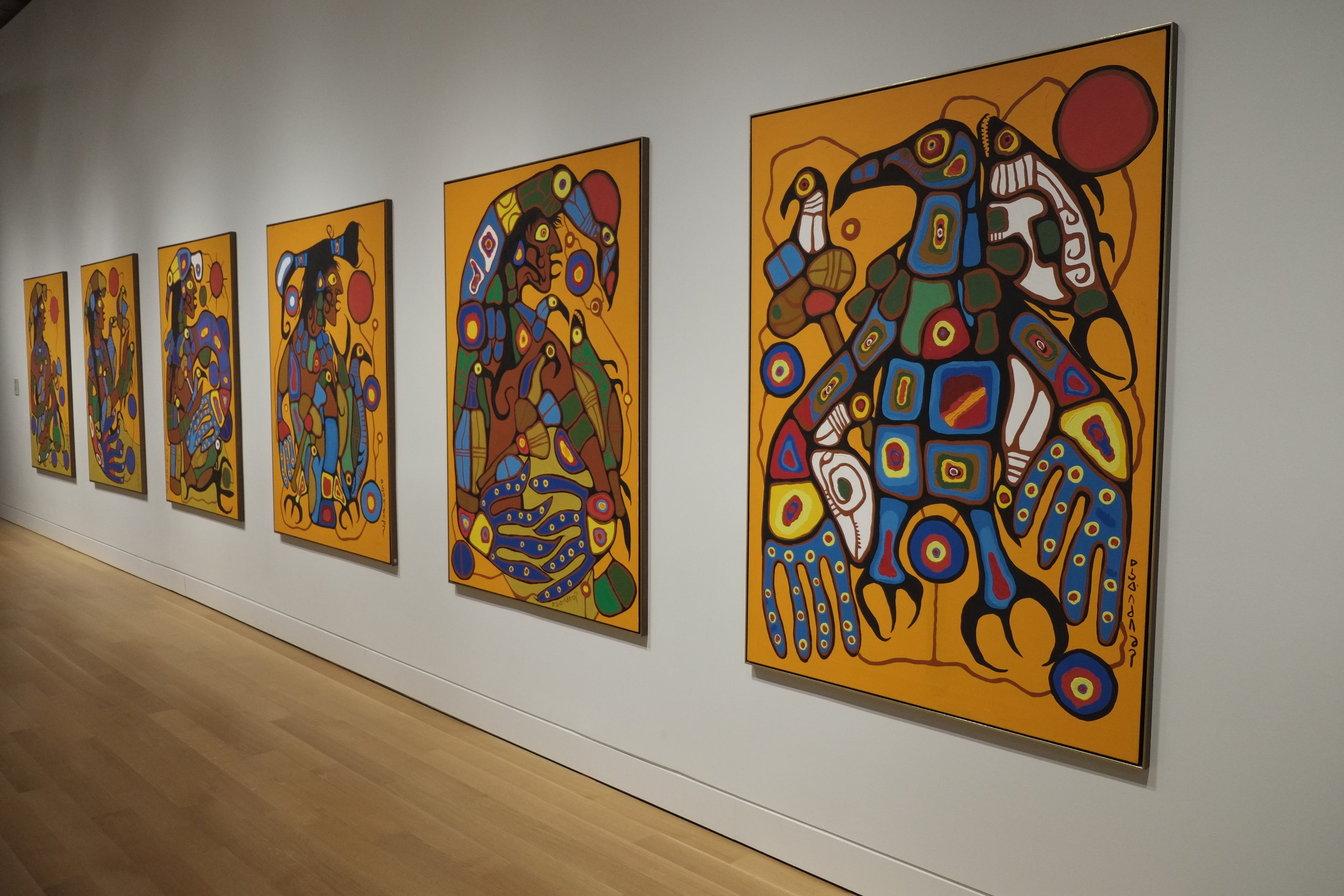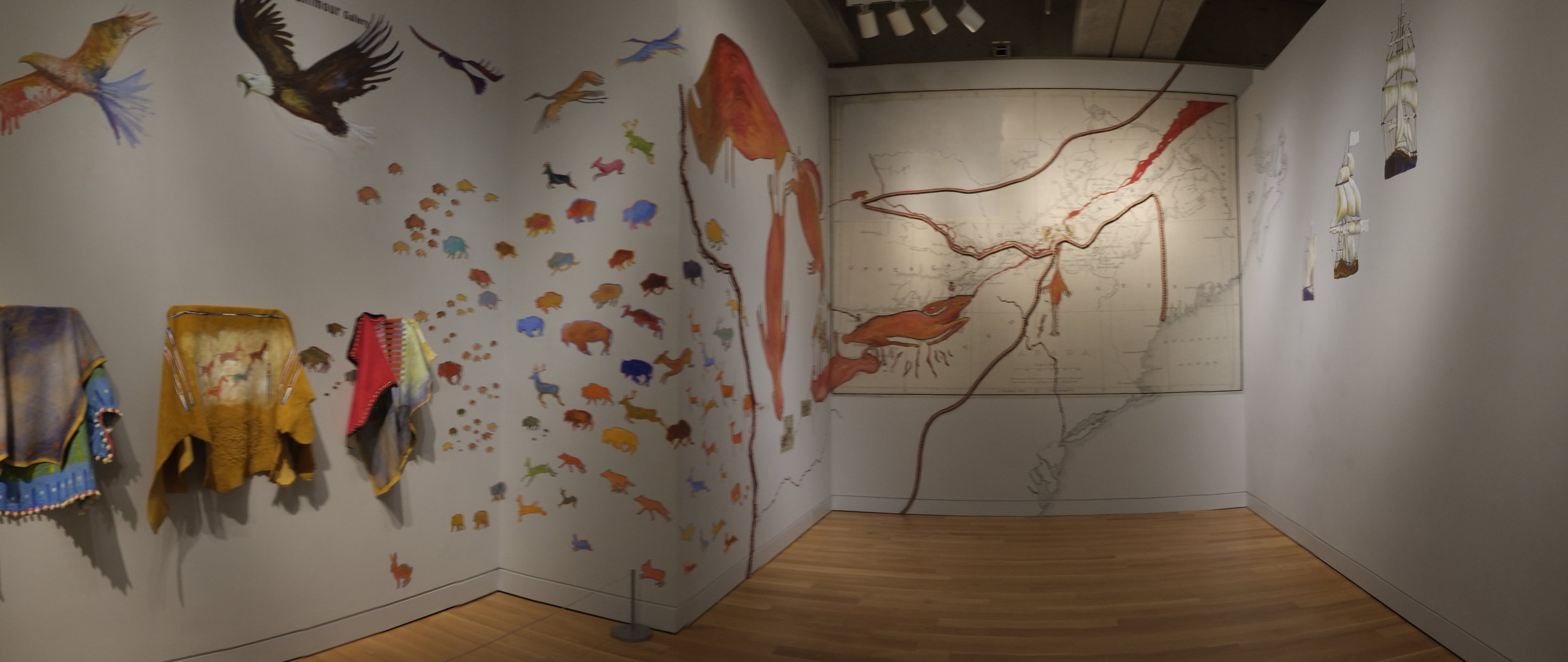Since ending my career with the Public Service of Canada, part of my 'rewirement' has involved working on an MA in Documentary Photography by distance through the University of South Wales. I will be showing work with other members of my cohort this spring at the Bienal Fotografia do Porto and will wrap up the program in late summer with a degree show in Cardiff or Bristol.
Without going into too much detail, my ongoing interests revolve around the state of institutions in Canada. Over the last 18 months, I have used photography to document aspects of the Bank of Canada, Parliament Hill, and the House of Commons. In future, my artistic explorations of 'institutions' could include bodies such as civil society organizations or churches.
As you'll appreciate, my area of interest has been something of a moving target of late. But this is exactly why I chose it: key institutions are under attack in many places and the damage being visited on them could take years to repair, if indeed it can be repaired. My own view is that I would rather we work to reform imperfect institutions under the rule of law, than to pretend that violence and lawlessness will lead us to freedom. It's hard to grow anything good in scorched earth.
But back to the tasks at hand: photographing, writing, preparing for a show, and thinking about the possibility of a photobook.
Canada's history and reconciliation
There just isn't a bad angle to the beautiful Canadian Museum of History designed by Douglas Cardinal. So it was a pleasant setting between appointments yesterday to reflect on what Canada's history means in light of the first National Day for Truth and Reconciliation.
Canadian Museum of History
The Art Gallery of Ontario—February 2018
On a weekend visit to Toronto I had the opportunity to spend a few hours at the Art Gallery of Ontario, one of the larger galleries in Canada.
It was hard not to be impressed by the scale of the Thomson Collection of some 2,000 pieces of Canadian and European art, including a large group of miniature ivory busts.
Some of the ivory miniature busts in the Thomson Collection, AGO
And since I saw an exhibition of Bernini’s sculptures at the National Gallery of Canada a number of years ago, his work has stood out whenever I have come across it in a new setting. It is hard to miss the artist’s consummate skill at capturing facial expression and every fold of a garment in stone.
Gian Lorenzo Bernini, Pope Gregory XV, 1621
While I enjoyed many of the pieces I saw at the AGO, I have to admit that I most appreciated the works I saw from contemporary Indigenous artists.
It is impossible to mistake the work of Norval Morrisseau for anyone else’s. He has an immediately recognizable style—his paintings are explosive and raw depictions of Indigenous cosmology and myth.
View of Norval Morrisseau’s, Man Changing into Thunderbird, 1977
I was also taken with the rich and intricate beauty of Christi Belcourt‘s work, The Wisdom of the Universe, painted to mirror traditional beadwork.
Christi Belcourt, The Wisdom of the Universe, 2014
But the piece that caught my imagination was the installation by Bonnie Devine, called Battle for the Woodlands: Anishinaabitude. Across three gallery walls, the piece illustrates the arrival of Europeans in what is now Canada and the rapid expansion of settlement westward across traditional Indigenous territories.
I found the tracing of treaty boundaries and the depiction of the Great Lakes and waterways as animals made the map of the place I live in come alive in a new way for me. It overlaid an alternate view of reality on top of geography that I know well, but can now think of in a different way. This piece made me imagine Canada differently and I believe I will carry it with me for a long time.
Bonnie Devine, Battle for the Woodlands: Anishinaabitude, 2014–2015
Detail of Bonnie Devine, Battle for the Woodlands: Anishinaabitude, 2014–2015
Panorama of Bonnie Devine, Battle for the Woodlands: Anishinaabitude, 2014–2015
Three exhibits at the National Gallery of Canada: land and landscape
On November 5 I visited three new photography exhibits at the National Gallery of Canada in Ottawa. In one way or another, all three were tied to the Canadian landscape whether in the past or currently.
For Canadians who were old enough to read books in 1976, the exhibit Between Friends is a reminder of a book of the same name published as a gift from Canada to the U.S. on the occasion of that country’s bicentennial. For this exhibit, photographer Andreas Rutkauskas revisited many of the locations along the 8,891 km border between the two countries. While much of the geography has not changed, the exhibit contains reminders that crossing the border has become more difficult and formal in recent years because of the rise of protectionism and isolationism in the U.S., and the new geopolitical reality throughout the world. The pictures are subtle and often beautiful and the boundary they point to can seem an artificial and arbitrary one. Why should the living situation of people leaving a couple of hundred metres apart be so different?
A similar theme is evoked in Frontera, a drone’s-eye view of the U.S.’s southern border with Mexico. These pictures, however, do not contain the open spaces and lightly-patrolled woodlands seen in Between Friends. The Mexican border is lined by a steel scar that runs across the landscape for many hundreds of miles through inhospitable wild places, sometimes broken by poor settlements on one side and wealthier communities on the other. More often, though, it is difficult—if not impossible—to tell which side of the frontier is which: the land is the same and it is a political negotiation that has traced a line through it. Looking at many of the pictures by Mexicans Pablo López Luz and Alejandro Cartagena, Canadians Mark Ruwedel and Geoffrey James, Swiss Adrien Missika, American Kirsten Luce and German Daniel Schwarz, it is easy to imagine that one day the land will absorb the border and all human traces will be forgotten.
The third exhibit, Gold and Silver: Images and Illusions of the Gold Rush, provides a photographic record of the stampede for California and Yukon gold in the late 19th century. While we cannot help but wonder at the bravery and greed that drove men and women to seek their fortunes in unforgiving locations, it is impossible to miss the impact on the environment that was the result of unchecked exploitation. Many of the worst cases—deforestation, slag heaps and diverted watercourses—are still there to be seen. The collection is a fascinating set of posters, daguerrotypes and tiny, vintage contact prints but, while image-making technology has moved on, it seems our care for the land has not evolved at the same pace.








